Long-term Effects Of Herniated Disc In Neck
Delve into the lasting implications of a herniated disc in the neck, exploring chronic pain, neurological considerations, and the pivotal role lifestyle choices play in shaping long-term outcomes.

Dealing with a herniated disc in the neck can be a painful and worrying experience. Understanding the long-term effects is crucial for managing expectations and planning for the future.
This article will delve into the potential long-term outcomes and provide insights into managing and mitigating these effects.
Key Takeaways:
- Understanding the potential chronic symptoms and complications of a herniated disc in the neck.
- Learning about the treatment options and lifestyle adjustments that can help manage long-term effects.
- Seek medical attention for persistent or worsening symptoms.
What is a Herniated Disc?
A herniated disc, also known as a slipped or ruptured disc, is a condition that occurs when the soft, gel-like center of a spinal disc protrudes through a tear or weakness in the tough outer layer.
These discs act as cushions between the vertebrae, providing flexibility, and shock absorption, and allowing smooth movement of the spine. When a disc herniates, it can put pressure on nearby nerves, leading to various symptoms such as pain, numbness, or weakness in the affected area.
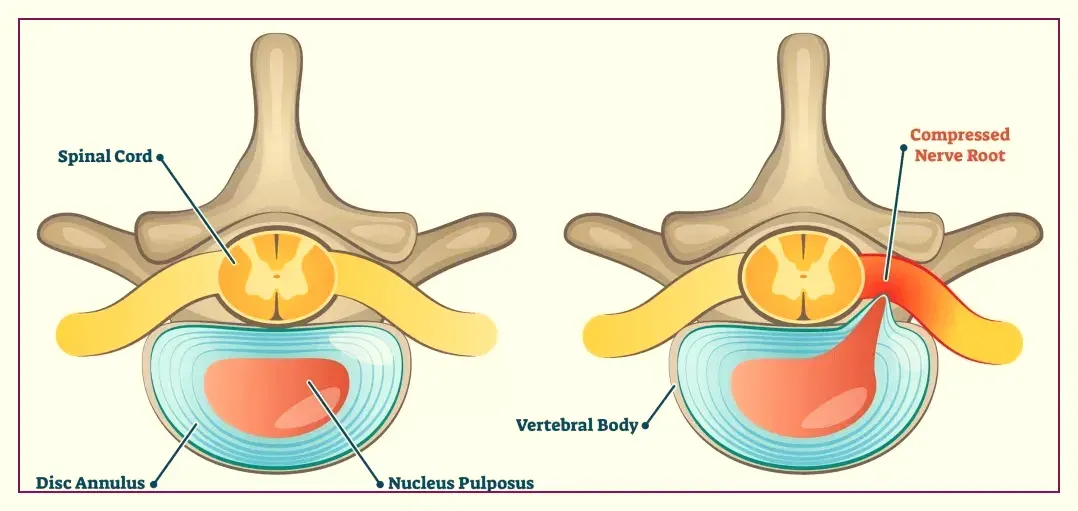
The condition is often associated with the natural aging process and wear and tear on the spine. As we age, spinal discs lose water content and become less flexible, making them more susceptible to herniation.
However, herniated discs can also result from injuries, trauma, or repetitive strain on the spine. The symptoms and severity of a herniated disc can vary depending on its location and the extent of nerve compression.
While many people with herniated discs experience no symptoms or mild discomfort, others may require medical intervention to manage pain and improve function.
Symptoms
The symptoms of a herniated disc can vary depending on the location of the affected disc and the nerves involved. Common symptoms include:
- Pain: Sharp or dull pain that may radiate along the path of the affected nerve. For example, a herniated disc in the lower back may cause sciatic pain that travels down the leg.
- Numbness and Tingling: Sensations of numbness or tingling, often felt in the area served by the affected nerve. This can lead to a "pins and needles" sensation.
- Muscle Weakness: Weakness in the muscles controlled by the affected nerves. This weakness may impact mobility and coordination.
- Changes in Reflexes: Reflexes controlled by the affected nerves may be altered. For instance, the knee-jerk reflex may be diminished.
- Bowel or Bladder Dysfunction: In rare cases, a severe herniated disc in the lower back may cause bowel or bladder dysfunction. This requires immediate medical attention.
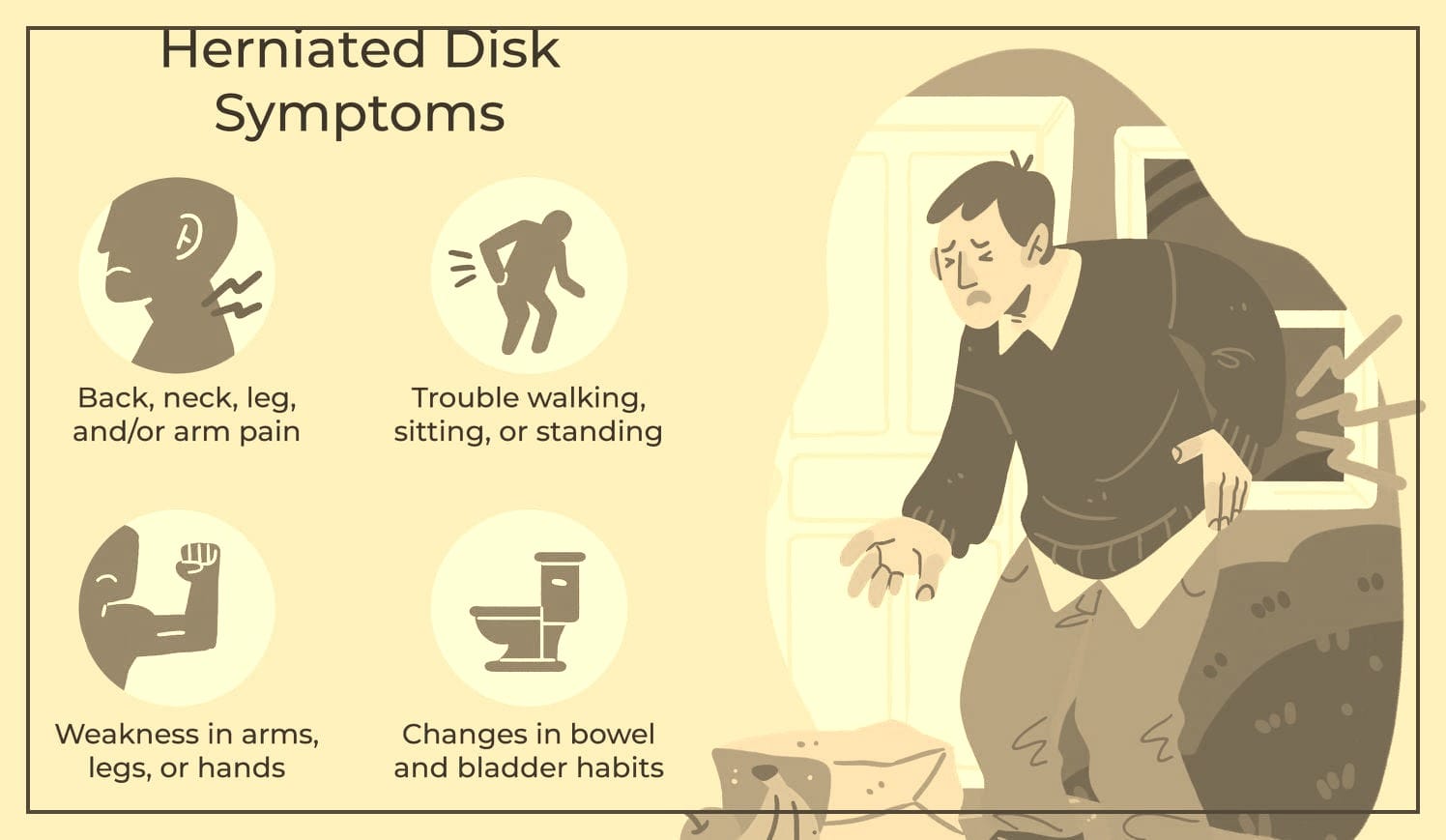
It's essential to note that not everyone with a herniated disc experiences the same symptoms, and some individuals may be asymptomatic.
Three Long-Term Effects of Untreated Herniated Neck Discs
1. Chronic Pain and Discomfort:
Untreated herniated neck discs often lead to persistent and chronic pain. As the disc continues to protrude or bulge, it can exert pressure on surrounding nerves and soft tissues, resulting in ongoing discomfort.

Chronic neck pain becomes a prevalent long-term effect, impacting daily activities, sleep quality, and overall quality of life.
Without intervention, the pain may intensify over time, leading to increased limitations in neck movement and functionality.
2. Neurological Complications:
Untreated herniated neck discs may cause long-term neurological complications. As the disc compresses spinal nerves, it can lead to conditions like radiculopathy, characterized by symptoms such as tingling, numbness, and weakness in the arms and hands.
Over time, persistent nerve compression may contribute to more severe issues, including muscle atrophy and loss of sensation in the affected areas.
Neurological complications can significantly affect motor function and sensation, impacting an individual's ability to perform everyday tasks.
3. Development of Cervical Spondylosis:
Neglecting treatment for herniated neck discs may contribute to the development of cervical spondylosis in the long term.
This degenerative condition involves wear and tear on the spinal discs and joints in the neck, potentially leading to chronic pain, stiffness, and a reduction in neck mobility.
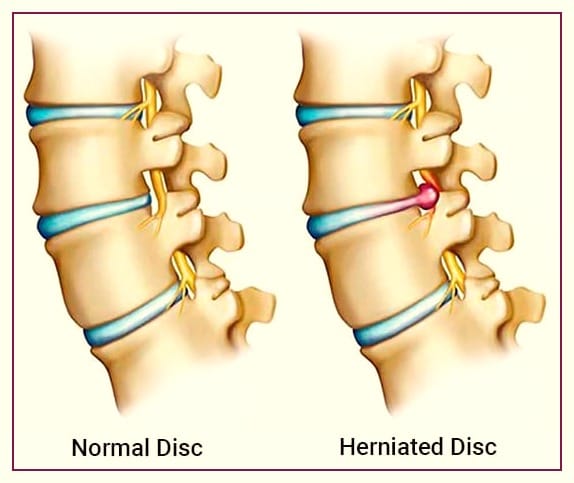
Cervical spondylosis can exacerbate the impact of a herniated disc, creating a cycle of degeneration and discomfort.
Early intervention and preventive measures are essential to mitigate these long-term effects and preserve the health and functionality of the neck.
Potential Complications
If left unaddressed, a herniated disc in the neck can lead to more serious complications such as cervical radiculopathy or myelopathy.
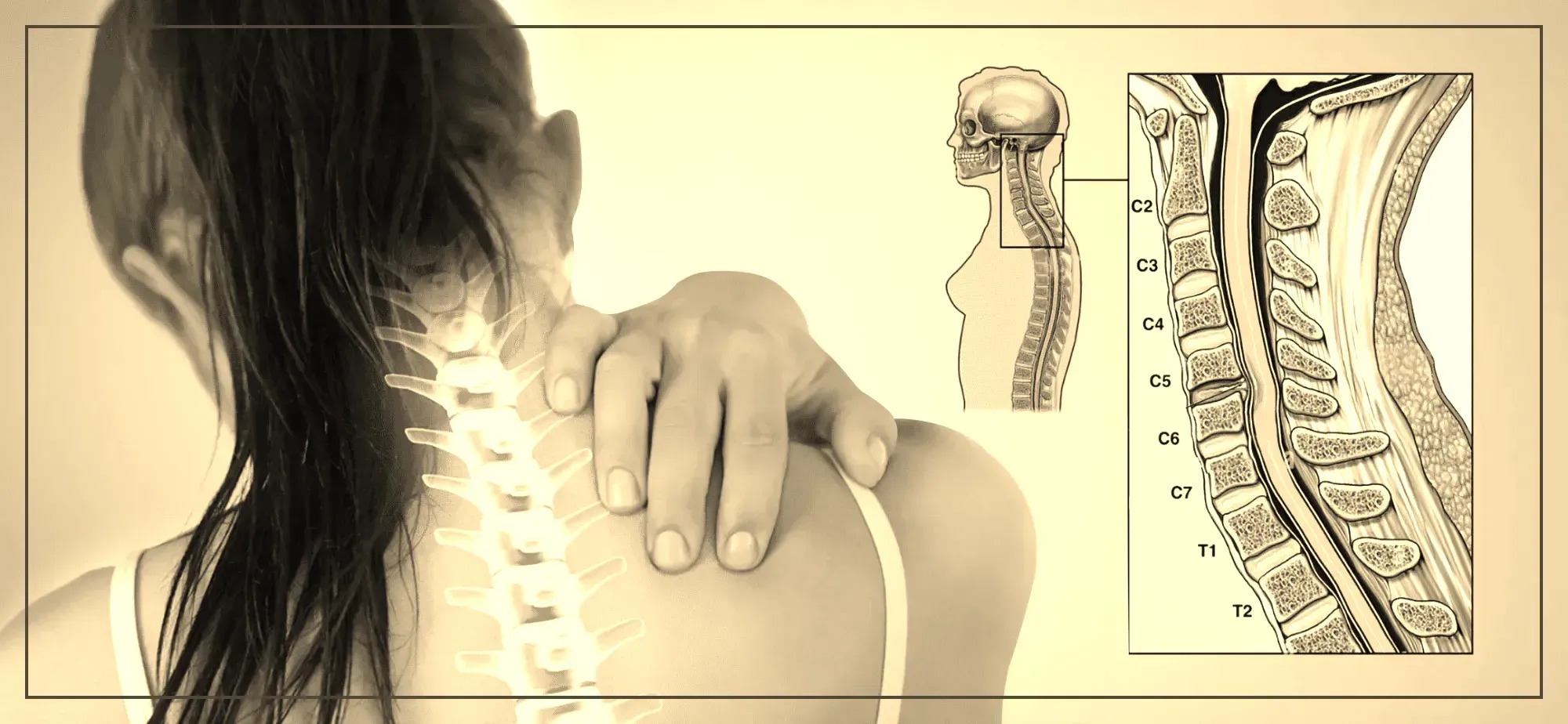
These conditions can cause significant discomfort and disability, emphasizing the importance of early intervention and ongoing care.
Treatment Options
Treatment for a herniated disc in the neck ranges from conservative methods like physical therapy and medications to more invasive procedures such as spinal injections or surgery.
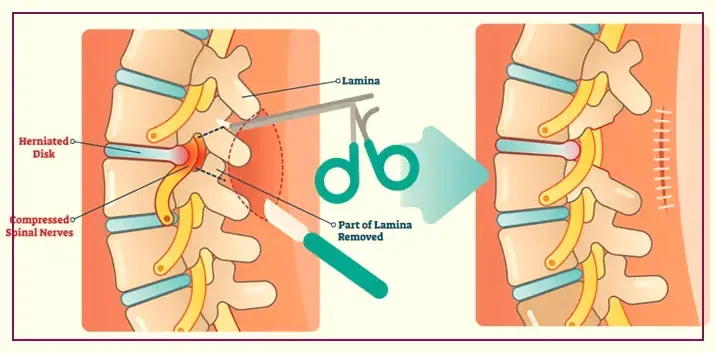
The choice of treatment depends on the severity of symptoms and the individual's overall health.
Physical Therapy
Physical therapy plays a crucial role in managing the long-term effects of a herniated disc in the neck, offering a comprehensive approach to alleviate symptoms, enhance neck function, and prevent further complications.
1. Pain Management and Symptom Relief:
Physical therapists employ targeted exercises, stretches, and manual techniques to address chronic pain associated with a herniated disc in the neck.
These interventions aim to reduce inflammation, improve blood circulation, and alleviate muscle tension.
By customizing the therapy to the individual's condition, physical therapists can provide effective pain management strategies tailored to the specific needs and limitations of each patient.
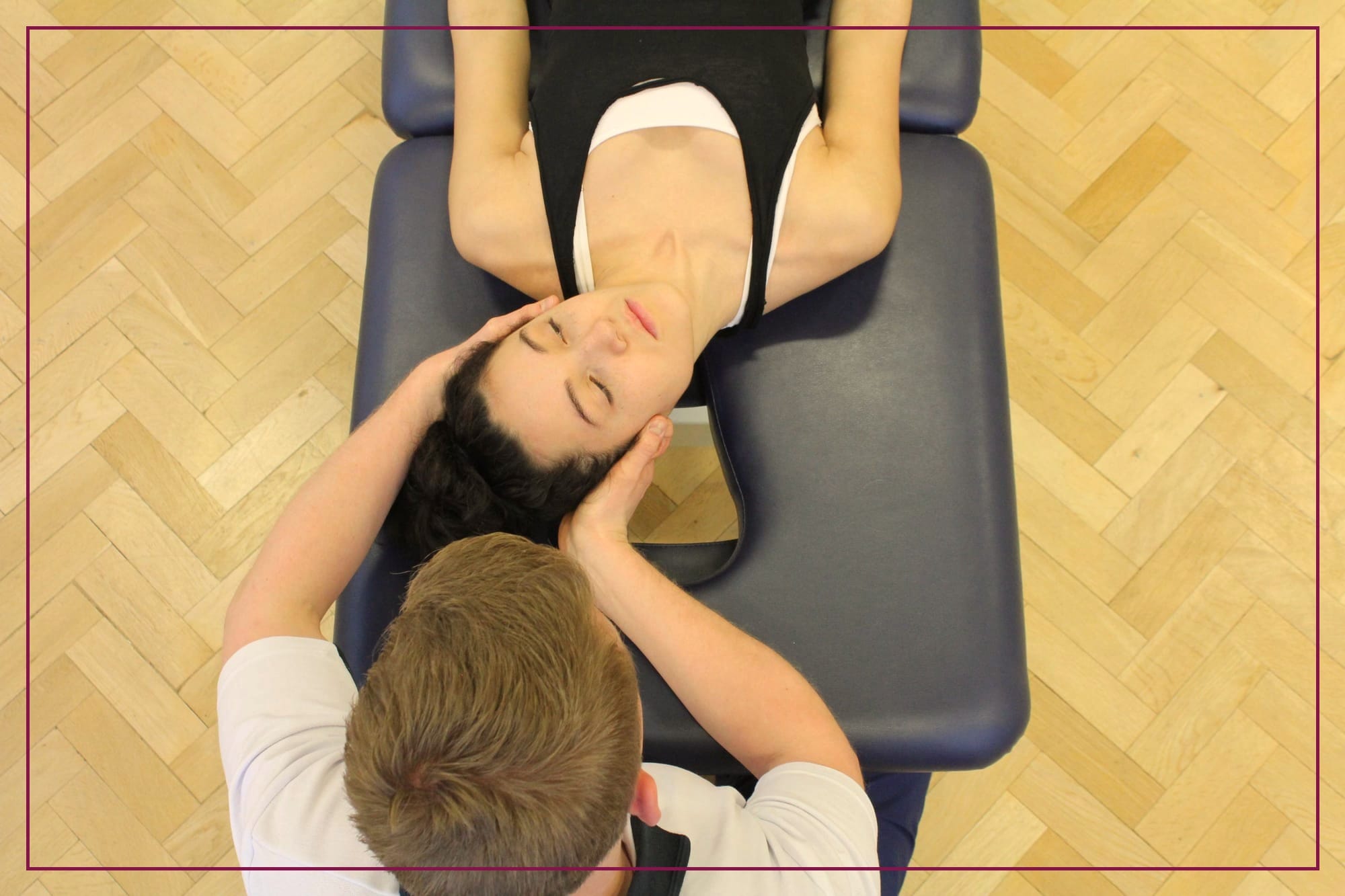
2. Restoration of Neck Mobility and Flexibility:
Chronic neck pain and stiffness often result in reduced mobility. Physical therapy focuses on restoring the natural range of motion in the neck through gentle exercises and stretches.
These activities aim to enhance flexibility, reduce muscle tightness, and promote better alignment of the cervical spine.
Improving neck mobility is crucial for preventing secondary issues such as cervical spondylosis and maintaining overall neck health in the long term.
3. Strengthening and Stability Exercises:
Physical therapists design strengthening exercises to address muscle imbalances caused by a herniated disc.
Strengthening the muscles supporting the neck, shoulders, and upper back enhances overall stability, reducing the strain on the affected disc.
Strengthening these muscle groups helps provide better support to the spine, preventing further degeneration and minimizing the risk of recurrent issues.
4. Education and Prevention Strategies:
In addition to hands-on interventions, physical therapy includes education on proper body mechanics and lifestyle adjustments.
Patients learn techniques for maintaining good posture, ergonomics in daily activities, and strategies to prevent exacerbation of symptoms.
This education empowers individuals to make informed choices that contribute to the long-term health of their neck and spine.

Importance of Ergonomics
Adopting ergonomic practices is essential for those with a herniated disc in the neck.
Proper posture and workstation adjustments can alleviate stress on the cervical spine and help prevent symptom exacerbation.
Ergonomic tools like supportive chairs and monitor stands can make a significant difference.
Lifestyle Adjustments and Monitoring
Lifestyle changes such as maintaining a healthy weight, quitting smoking, and engaging in regular low-impact exercise can help manage the long-term effects of a herniated disc. These adjustments can reduce the strain on the neck and promote overall spinal health.
Regular follow-up with a healthcare provider is crucial for those with a herniated disc in the neck. Monitoring symptoms and adjusting treatment plans can help manage long-term effects and improve the chances of a positive outcome.
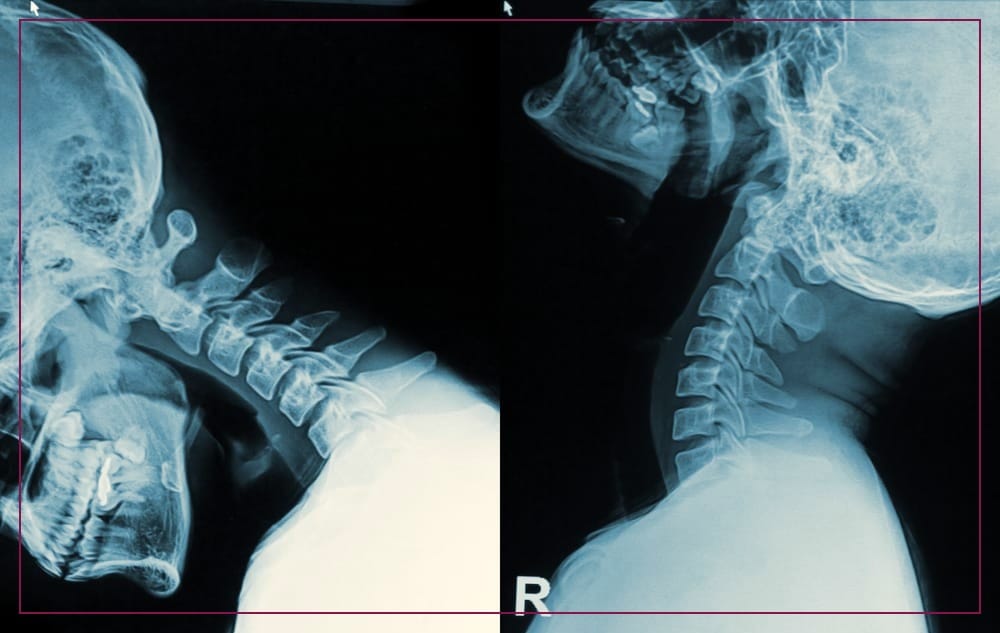
Summary
The long-term effects of a herniated disc in the neck can range from persistent pain and discomfort to more severe complications like nerve damage. Understanding these potential outcomes, exploring treatment options, and making necessary lifestyle adjustments are key steps in managing the condition. Regular medical follow-up is essential to monitor symptoms and adapt treatment plans as needed.
FAQ Section
Q 1: What Are the Long-term Effects of a Herniated Disc in the Neck?
Answer: A herniated disc in the neck can have lasting effects that vary based on the severity of the condition and individual factors. Over the long term, individuals may experience chronic neck pain, stiffness, and reduced range of motion.
The herniated disc may continue to exert pressure on nearby nerves, leading to persistent symptoms such as tingling, numbness, or weakness in the arms and hands. In some cases, chronic headaches or radiating pain down the shoulders and arms may also be observed.
Additionally, if left untreated, a herniated disc in the neck can contribute to the development of cervical spondylosis, a condition characterized by wear and tear on the spinal discs and joints, potentially causing further discomfort and impacting overall neck function.
Q 2: Can a Herniated Disc in the Neck Lead to Neurological Issues in the Long Term?
Answer: Yes, a herniated disc in the neck has the potential to lead to long-term neurological issues if not appropriately addressed. As the herniated disc compresses spinal nerves, it can result in chronic nerve impingement, leading to ongoing neurological symptoms.
Persistent pressure on the nerves may contribute to conditions such as radiculopathy, where there is irritation or damage to the nerve roots. This can manifest as shooting pain, tingling, or weakness in the arms and hands. Over time, untreated nerve compression can lead to muscle atrophy and loss of sensation in the affected areas.
Seeking early medical intervention, following a tailored treatment plan, and incorporating preventive measures are crucial for mitigating long-term neurological effects and promoting overall neck health.
Q 3: How Can Lifestyle Choices Affect the Long-term Outcome of a Herniated Disc in the Neck?
Answer: Lifestyle choices play a significant role in determining the long-term outcome of a herniated disc in the neck. Adopting a spine-friendly lifestyle can contribute to symptom management and overall neck health.
Proper ergonomics, including maintaining good posture during daily activities and work, can help alleviate strain on the neck and reduce the risk of recurrent disc issues. Regular exercise, with a focus on neck-strengthening exercises and flexibility routines, can enhance the overall stability of the cervical spine and support long-term recovery.
Additionally, weight management and avoiding activities that exacerbate neck strain, such as prolonged periods of looking down at screens, can positively influence the ongoing health of the neck.
By making informed lifestyle choices, individuals can actively contribute to minimizing the long-term effects of a herniated disc in the neck and fostering a healthier, pain-free neck over time.
